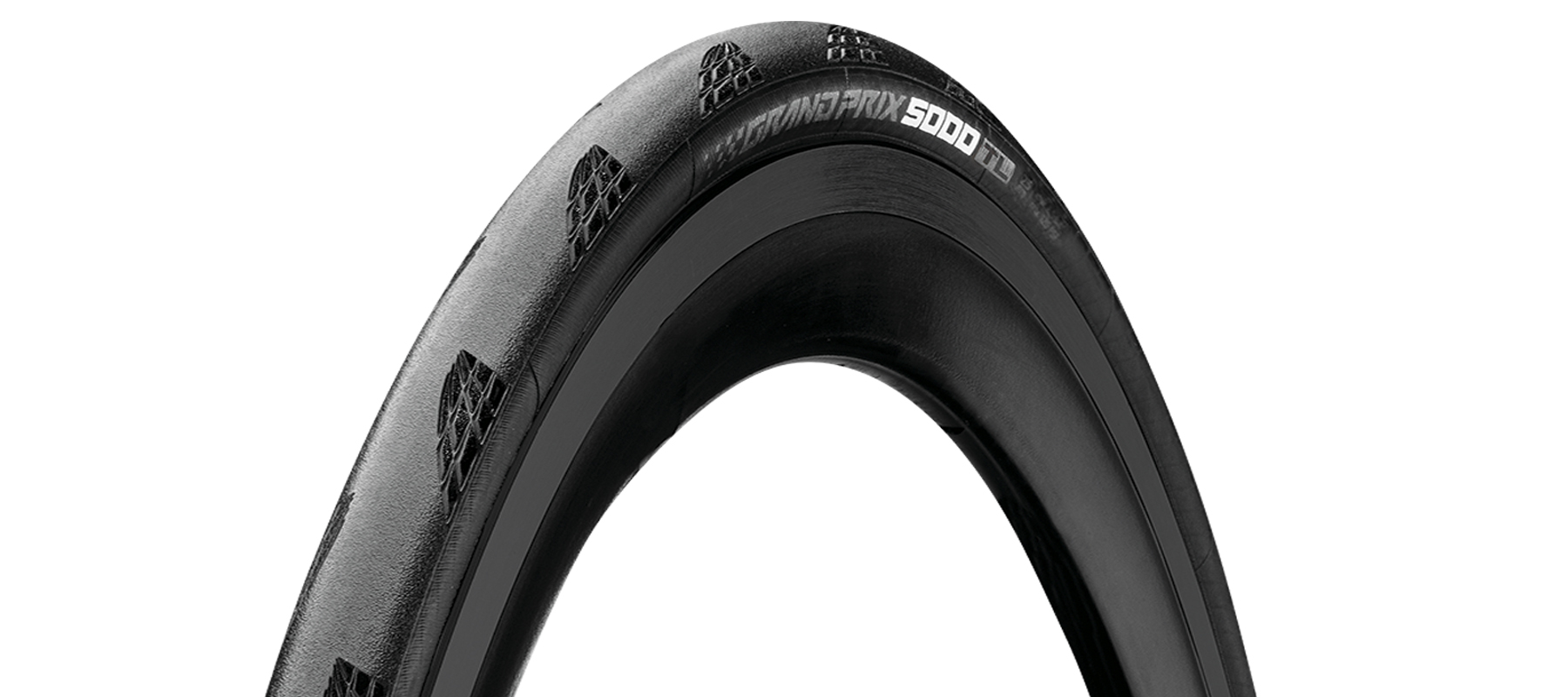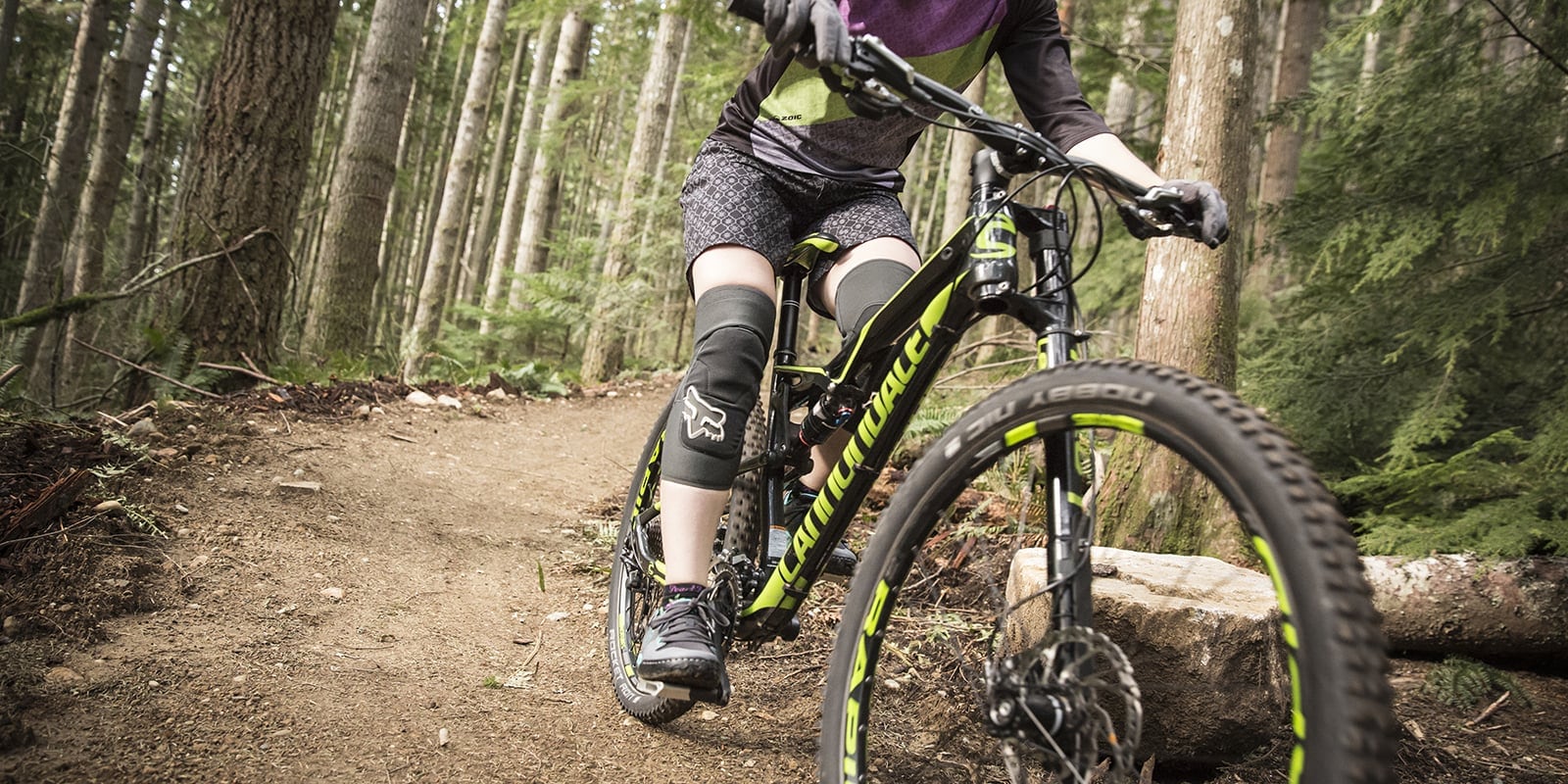Traditionally, there are two major variants of road tires: clinker and tubular. Cleaners are the best choice for most drivers because they are easy to use and safe to replace or repair internal tubes. Tubular tires are easy and used by many drivers, but unless you have a vehicle to accompany you during each ride, replacing a tire is a long and technical process.
Now, there is a third option, which is unrelenting, but is it worth it?
How do tireless tires work?
Advantages and disadvantages of tubeless tires for road cyclistsAs the name implies, tireless tires have no inner tubes and are similar to car tires. The rubber ring opens on the wheel and the air is in the gap between the inside and inside of the tire. In addition, liquid sealants are used in liquids to prevent small cross sections from accumulating in the tire without losing pressure.
Wheel Adjustment Without Pipe
The good thing about tubeless wheels is that they are available for both tireless and regular clutch installations (inner tubes). The shoulders on the inside will have a clear rest where the rubber vest is secure (see diagram) instead of the traditional U-shaped bed on wheels on the clutch.The tubeless tires are designed with fast beads to provide instant sealing with a perfect seal. If you try to mount a non-adhesive hose to a tightrope, you will not succeed if you apply pressure.
Does the tire have no wear?
Average
Speed - Clincher tires have a degree of friction between the hose and the tire, eliminating the tire without reducing the durability of the roll and making it faster.Smaller Houses - A pipe-free installation completely eliminates the restrictions of the flats and reduces the risk of explosion with a liquid seal. This greatly affects how many apartments you are likely to own. In addition, if you have an apartment that does not leave seals on the go, you can use a hose to go home.
Comfort - Tired tires can be operated under reduced pressure (down to about 15-20p) without sacrificing performance. This can increase grip, traction and overall comfort. You can also get in the way when the tire is more forgiving if it is under full pressure.
Disadvantages
Installation Difficulty - Because systems that rely on tight sealing and high pressure, installing or removing tires can be difficult and frustrating. So while the likelihood of an apartment appearing may be reduced, eliminating it in the event of a complete cancellation can put you on the street curse. You may also need an air compressor to get the correct seal.A tire without a tire is heavier than a cliffhanger with a thick sidewall that adds weight.
Runners don't use it - it doesn't matter to you, but runners don't use egg whites because of the extra weight with minimal gain. However, for leisure cyclists, the low risk of pushing their legs can be daunting.
Tire-free tires give way to road cycling (like mountain bikes), but as technology grows we can see their popularity increasing. Having wheels without tubes is a good way, as it depends on whether you want to attach or test tubes.




